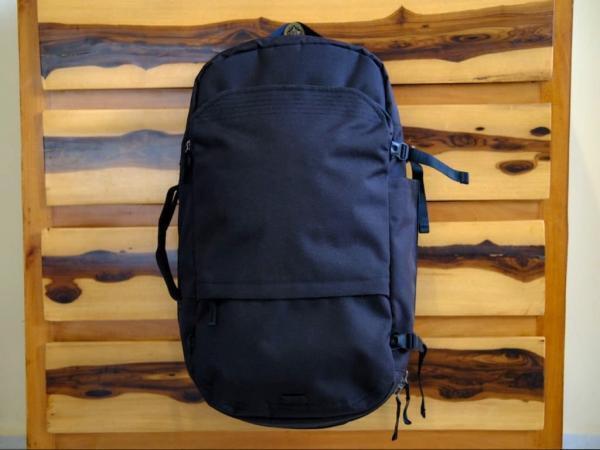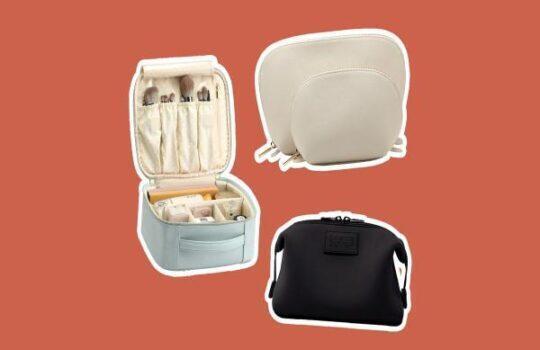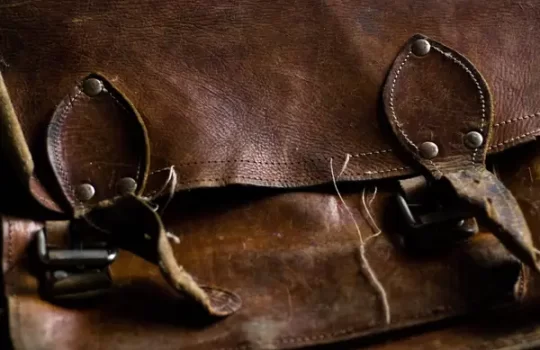The straps on a backpack serve various purposes, and each one has its specific function. Here are the most common straps you might find on a backpack and their purposes:
Shoulder straps: These are the main straps that go over your shoulders and help support the weight of the backpack. They are adjustable to ensure a comfortable fit and distribute the load evenly across your shoulders.
Sternum strap: The sternum strap is a horizontal strap that connects the two shoulder straps across your chest. It helps stabilize the shoulder straps and prevents them from sliding off your shoulders. It can also help distribute the weight more evenly and reduce strain on your shoulders.
Hip belt or waist strap: Many larger backpacks have a padded hip belt that wraps around your hips and buckles in the front. The hip belt is essential for transferring the weight of the backpack from your shoulders to your hips, which are better equipped to handle heavy loads. This takes the strain off your shoulders and makes the backpack more comfortable to carry for extended periods.
Load-lifter straps: These straps are often located at the top of the shoulder straps and connect to the top of the backpack. They are used to adjust the angle and position of the backpack in relation to your back. Properly adjusted load-lifter straps can pull the top of the backpack closer to your body, improving balance and weight distribution.
Compression straps: Compression straps are usually located on the sides of the backpack and can sometimes be found on the front as well. Their main purpose is to compress the contents of the backpack, making it more stable and compact. When your backpack is not full, tightening the compression straps can prevent the contents from shifting and keep the load balanced.
Sleeping bag straps: Some backpacks have dedicated straps or compartments at the bottom to secure a sleeping bag or other gear. These straps are typically adjustable and help keep your gear organized and easily accessible.
Gear attachment points: Modern backpacks often feature additional straps, loops, or attachment points on the outside. These are designed to carry gear like trekking poles, ice axes, tents, or other items that may not fit inside the main compartment.







